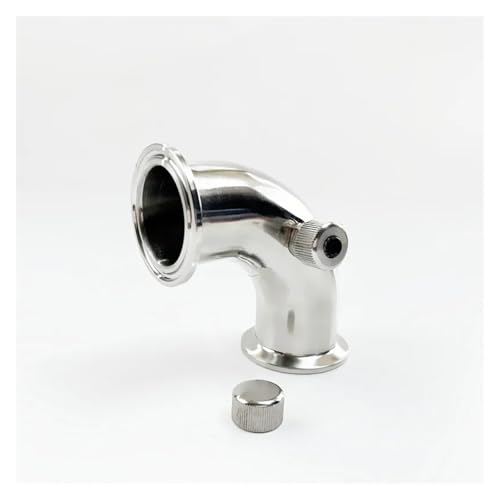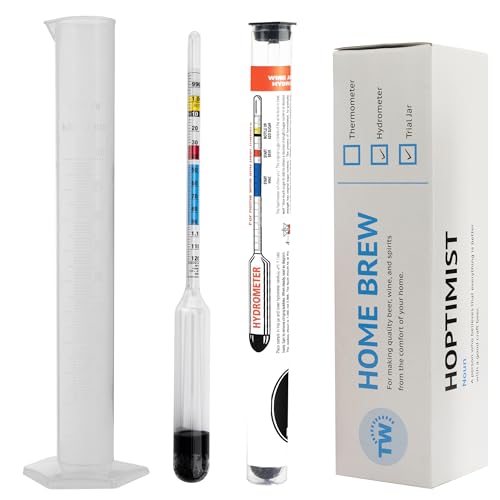For 88% Lactic acid use these mEq/mL values:
To hit 5.4 pH : Leave 10 mg/L (ppm) of alkalinity behind, and use 11.45 mEq/mL as the strength of the 88% Lactic Acid
To hit 5.5 pH : Leave 12 mg/L (ppm) of alkalinity behind, and use 11.52 mEq/mL as the strength of the 88% Lactic Acid
To hit 5.6 pH : Leave 15 mg/L (ppm) of alkalinity behind, and use 11.57 mEq/mL as the strength of the 88% Lactic Acid
To hit 5.7 pH : Leave 18 mg/L (ppm) of alkalinity behind, and use 11.61 mEq/mL as the strength of the 88% Lactic Acid
For 80% Lactic Acid use these mEq/mL values:
To hit 5.4 pH : Leave 10 mg/L (ppm) of alkalinity behind, and use 10.25 mEq/mL as the strength of the 80% Lactic Acid
To hit 5.5 pH : Leave 12 mg/L (ppm) of alkalinity behind, and use 10.31 mEq/mL as the strength of the 80% Lactic Acid
To hit 5.6 pH : Leave 15 mg/L (ppm) of alkalinity behind, and use 10.35 mEq/mL as the strength of the 80% Lactic Acid
To hit 5.7 pH : Leave 18 mg/L (ppm) of alkalinity behind, and use 10.39 mEq/mL as the strength of the 80% Lactic Acid
For 85% Phosphoric Acid use these mEq/mL values:
To hit 5.4 pH : Leave 10 mg/L (ppm) of alkalinity behind, and use 14.87 mEq/mL as the strength of the 85% phosphoric acid.
To hit 5.5 pH : Leave 12 mg/L (ppm) of alkalinity behind, and use 14.92 mEq/mL as the strength of the 85% phosphoric acid.
To hit 5.6 pH : Leave 15 mg/L (ppm) of alkalinity behind, and use 15.00 mEq/mL as the strength of the 85% phosphoric acid.
To hit 5.7 pH : Leave 18 mg/L (ppm) of alkalinity behind, and use 15.09 mEq/mL as the strength of the 85% phosphoric acid.












































